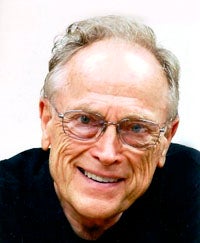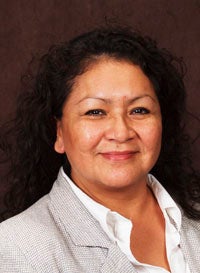Citizens must be at forefront of redistricting
Published 10:48 am Wednesday, October 19, 2011
Sally Fineday and Carl Rosen, Guest Column
Right now Minnesota’s judicial panel is accepting public comments on the state’s redistricting process, but on Oct. 21 the window for input will close.
If this year’s activities are like any redistricting of the past 40 years, judges will soon disappear from view only to re-emerge on Feb. 21 with a final redistricting map. But we hope this year will be different — that public participation will help guide the judicial panel’s process and the final map that they create.
This year, we’re part of a group that’s working to help make citizen participation in redistricting happen. We belong to the Citizens Redistricting Commission, a group of 15 volunteers who have worked together for more than three months to hear from Minnesotans on the redistricting process and to demonstrate to our state leaders that everyday citizens, armed with good information, can make important contributions to how our state’s legislative district lines are drawn. We’ve held 18 public meetings and heard from more than 300 Minnesotans over the past three months, all in an effort to understand what people want from their representation.
Based on the input gathered at the public meetings, the Commission has agreed to four key principles (in priority order) that we hope will guide the judicial panel’s ultimate map:
1. Preserve communities of interest. Above all, Minnesotans want to share their representation with the people they live with, work with and socialize with – their communities of interest. The citizens we heard from defined communities of interest in a variety of ways: cities and counties; school districts; sovereign nations, cultural communities; and even economic development regions and transportation corridors. But above all, Minnesotans want to see communities of interest preserved in the final redistricting map.
2. Ensure fair and non-diluting minority representation. Minnesota is home to several significant racial and ethnic communities – from recent Somali, Latino and Hmong immigrants and many more. These communities each have unique needs and perspectives that shouldn’t be divided or overshadowed in the final map.
3. Do not intentionally protect or defeat incumbents. Minnesota’s decision makers must focus on drawing the best possible map for the people of Minnesota and the communities that citizens identify with. The needs of politicians shouldn’t have any impact on the final map.
4. Create compact districts. People typically have more in common with neighbors who live in close vicinities than those who live far away. In order to group people with similar experiences and interests together, districts need to be compact.
We believe that it’s time for Minnesotans to play a part in redrawing the legislative boundaries that will shape their representation in St. Paul and Washington D.C. for the next decade. In the days and weeks that follow, we hope that others will join us in working to ensure Minnesota citizens are at the forefront of the redistricting process.
Sally Fineday of Pennington is a member of the Leech Lake band of Ojibwe and executive director of Native Vote Alliance of Minnesota.
Carl Rosen of Spring Lake Park is a retired social worker who previously worked in nursing home and psychiatric facilities in Hennepin County.
They are two of 15 members of the Citizens Redistricting Commission, a nonpartisan, all-volunteer commission that aims to engage Minnesotans in the 2011-2012 redistricting process. More information about the commission is available online at www.DrawTheLineMinnesota.org.



